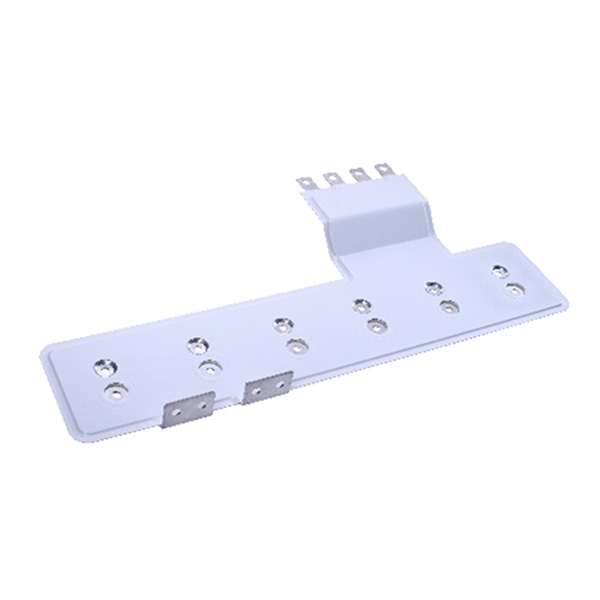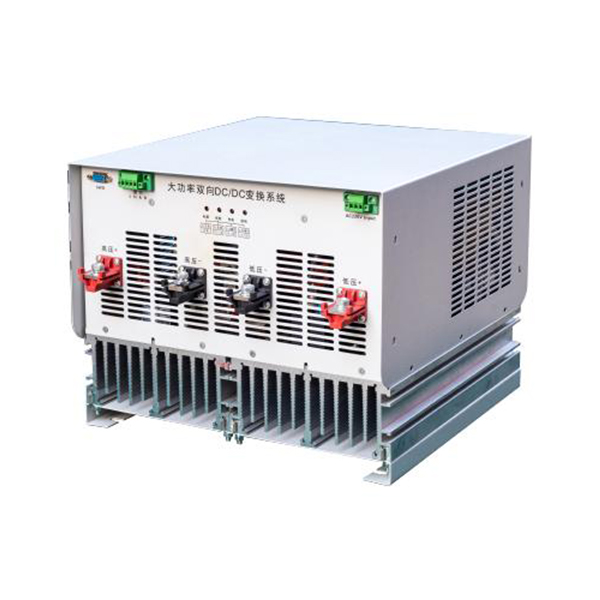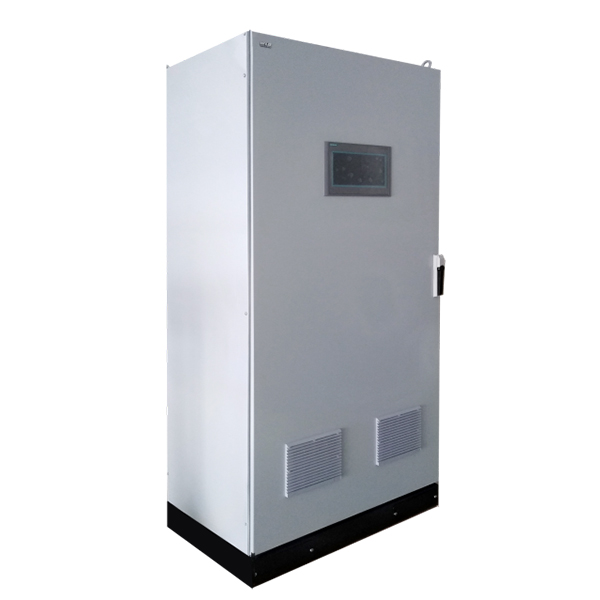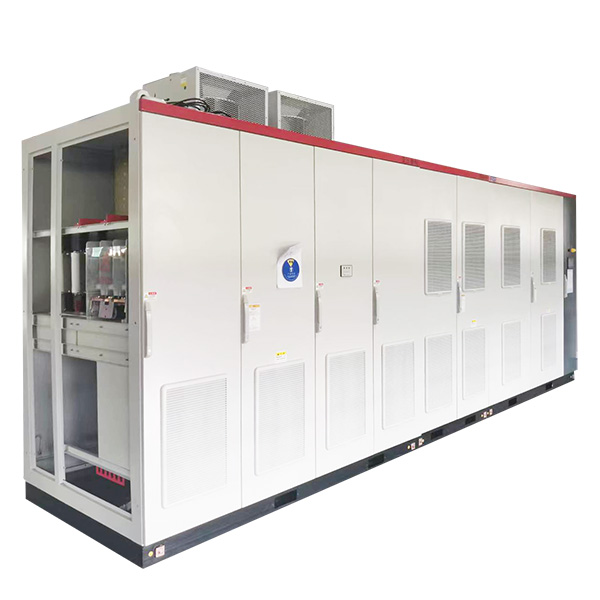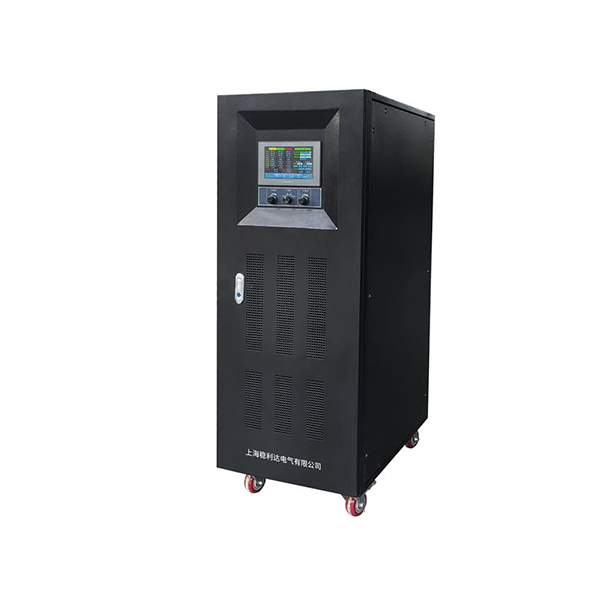Laminated Busbar for Wind and Photovoltaics Generation
Laminated busbars, also known as composite busbars, are multi-layered composite structures serving as the backbone of power distribution systems. Regarded as the expressways of electrical energy, they streamline and modernize power distribution compared to traditional, intricate, and time-consuming wiring methods. Utilizing composite busbars allows for the creation of a contemporary, easily designed, swiftly installed, and well-organized power distribution network.
- Insulation resistance:20M Ω DC/1000V
- Parasitic inductance:15nH/m
- Temperature rise:≤30K
- Working temperature:-40~105℃
Product Description
A laminated busbar is a component used in electrical power distribution systems, and it finds applications in various industries, including renewable energy like wind and photovoltaics (solar) generation. The term “busbar” refers to a metallic strip or bar that conducts electric current within a power distribution system. The term “laminated” indicates that multiple layers or laminations of conductive and insulating materials are used to construct the busbar.
In the context of wind and photovoltaics generation, laminated busbars are employed to efficiently and safely distribute electrical power within the systems.
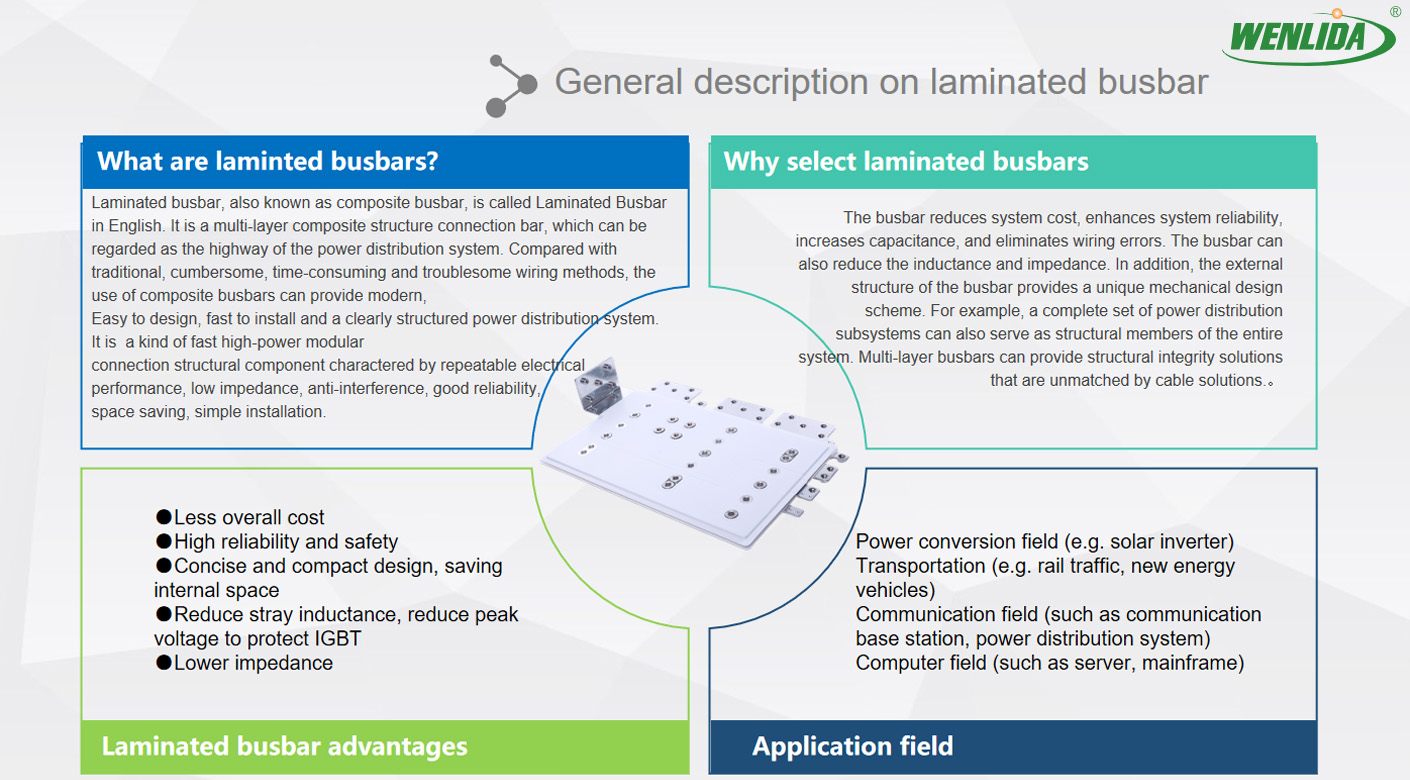
Advantages
- High Conductivity: Laminated busbars are designed with materials that offer high electrical conductivity to ensure efficient power transmission within the renewable energy system.
- Customization: The ability to customize laminated busbars allows for tailoring the design to specific voltage, current, and space requirements of wind and PV generation systems.
- Compact Design: Laminated busbars are known for their space-efficient design, providing a high power density. This is crucial in renewable energy installations where space optimization is important.
- Heat Dissipation: Many laminated busbars are designed to have good heat dissipation properties. This is particularly important in renewable energy systems where the dissipation of heat generated during electrical transmission is necessary for system reliability.
- Insulation: Laminated busbars incorporate insulating layers to prevent short circuits and ensure the safety of the electrical distribution system. This feature is important in outdoor environments where exposure to environmental elements is common.
- Durability: Laminated busbars are often constructed with materials that can withstand environmental factors, such as temperature variations, humidity, and corrosive conditions. This durability contributes to the long-term reliability of renewable energy systems.
- Ease of Installation: The design of laminated busbars can facilitate easy installation, reducing the complexity and time required for integrating them into the overall power distribution system of wind and photovoltaic installations.
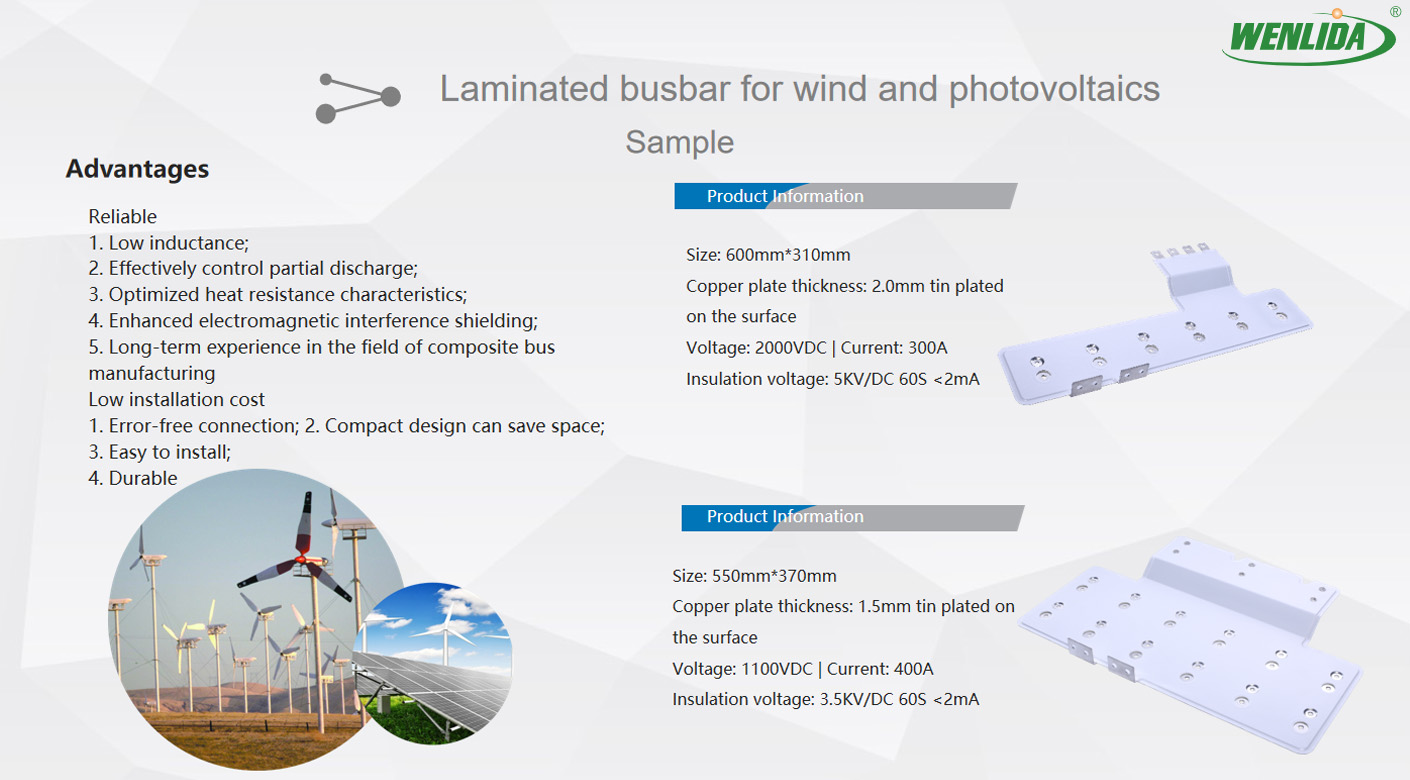
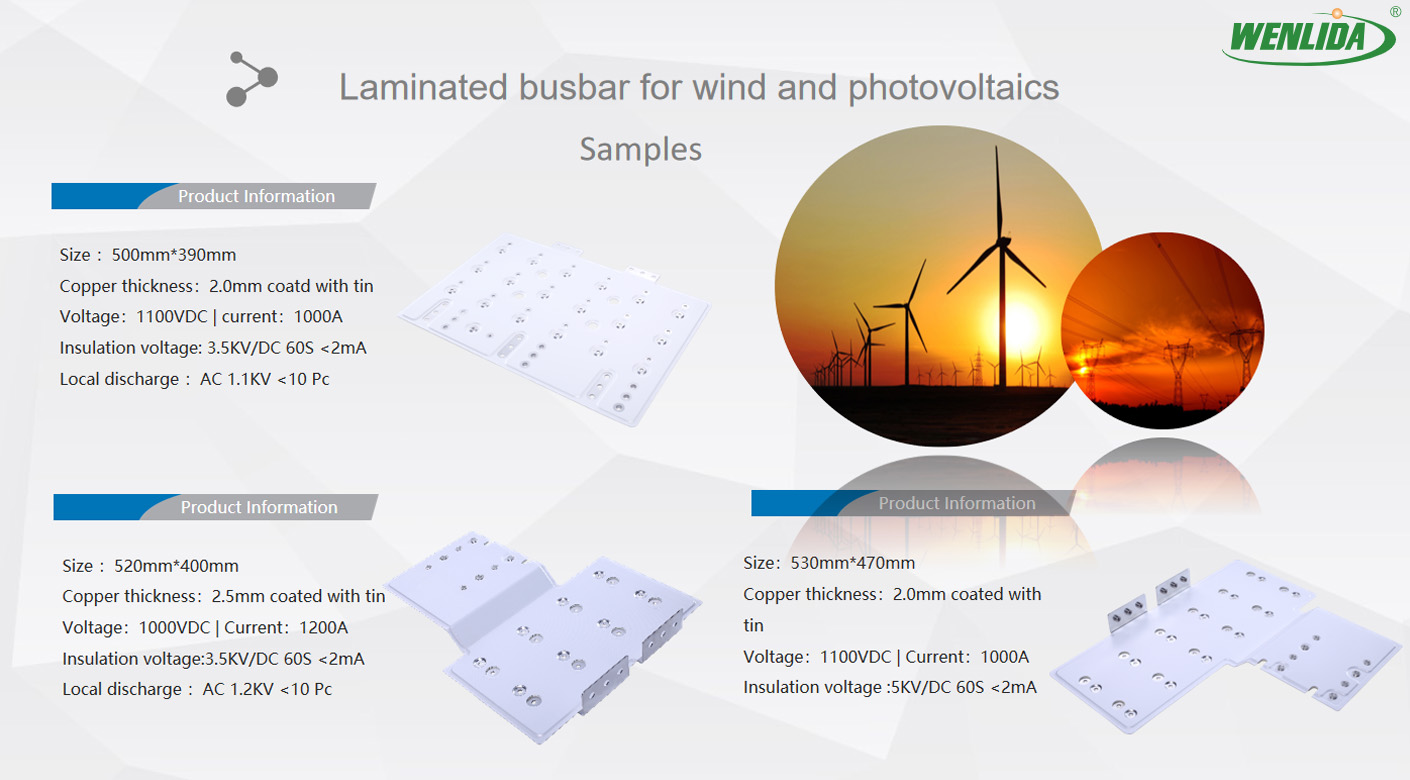
Technical Parameter
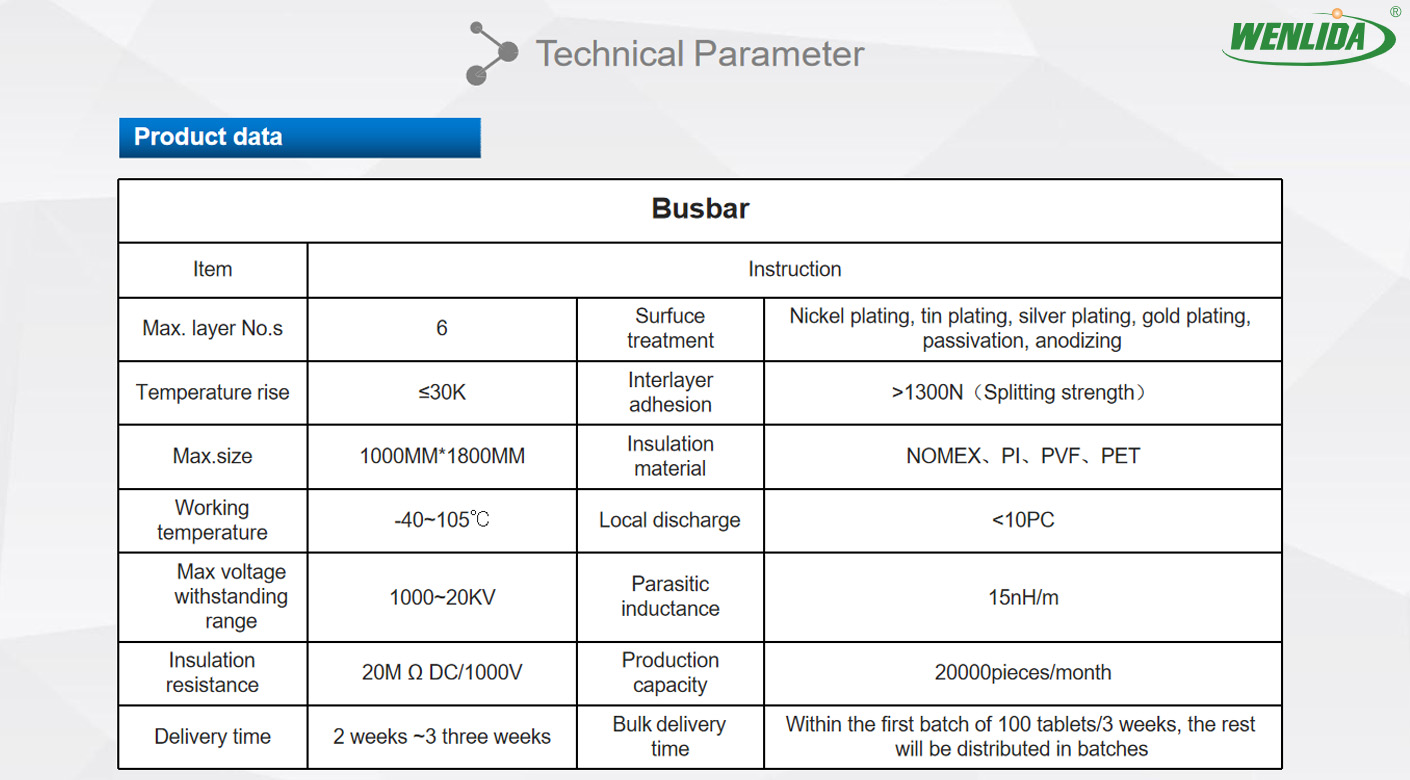
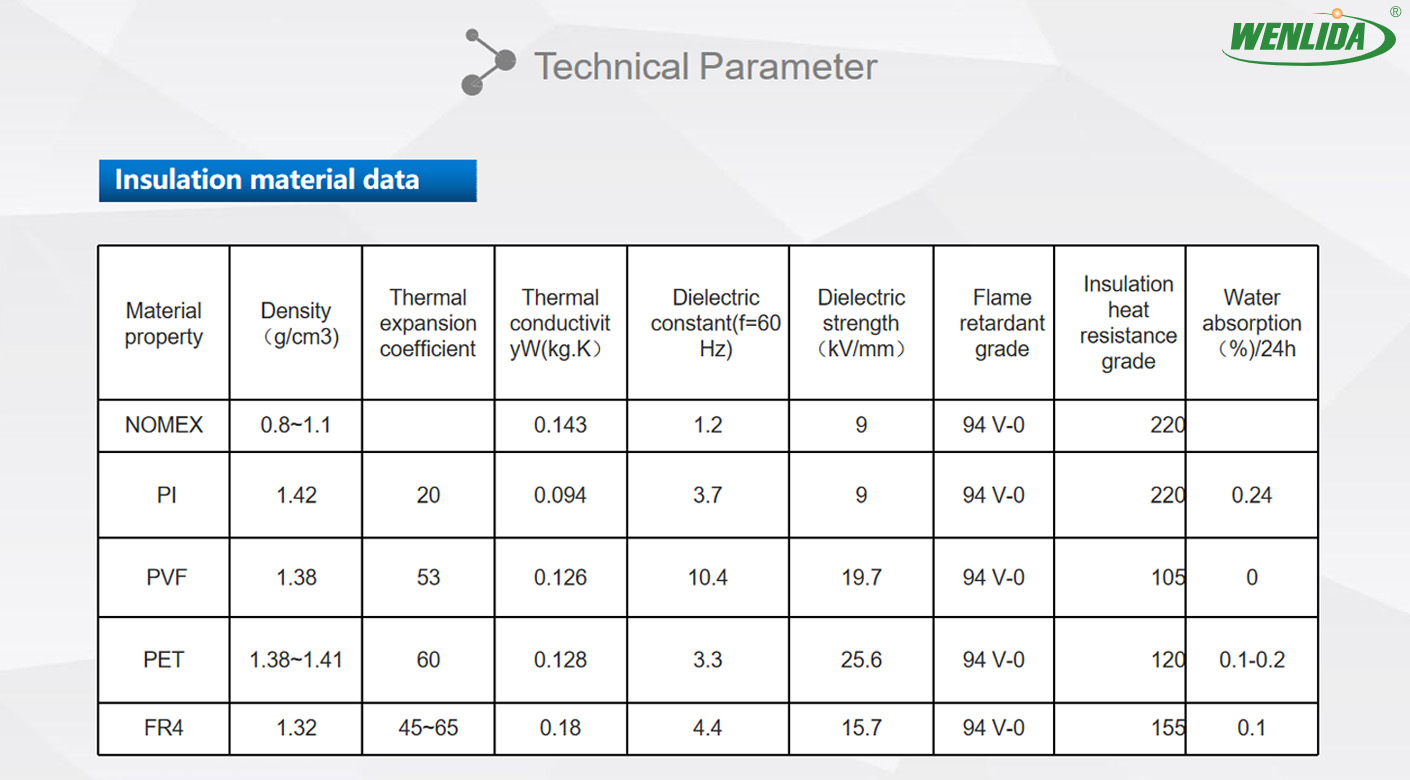
Application Fields
-
- Distribution of Power in Wind Turbines: Laminated busbars play a role in distributing electrical power within the nacelle of a wind turbine. They facilitate the connection between various components such as the generator, power converters, and control systems.
- Solar Inverter Power Distribution: In photovoltaic systems, laminated busbars are used to distribute power within the solar inverter, connecting the solar panels to the inverter and then to the electrical grid.
- Interconnection in Energy Storage Systems: Laminated busbars can be employed in energy storage systems associated with renewable energy installations. They help connect batteries and other energy storage components, contributing to the overall efficiency of the energy storage system.
- Connection in Combiner Boxes: Combiner boxes are used in PV systems to combine the output from multiple solar panels. Laminated busbars can be utilized to efficiently distribute the combined power to the inverter or other components.
- Integration in Power Cabinets and Panels: Laminated busbars are commonly found in power cabinets and panels used in renewable energy installations. They provide a compact and efficient means of distributing power within these cabinets.
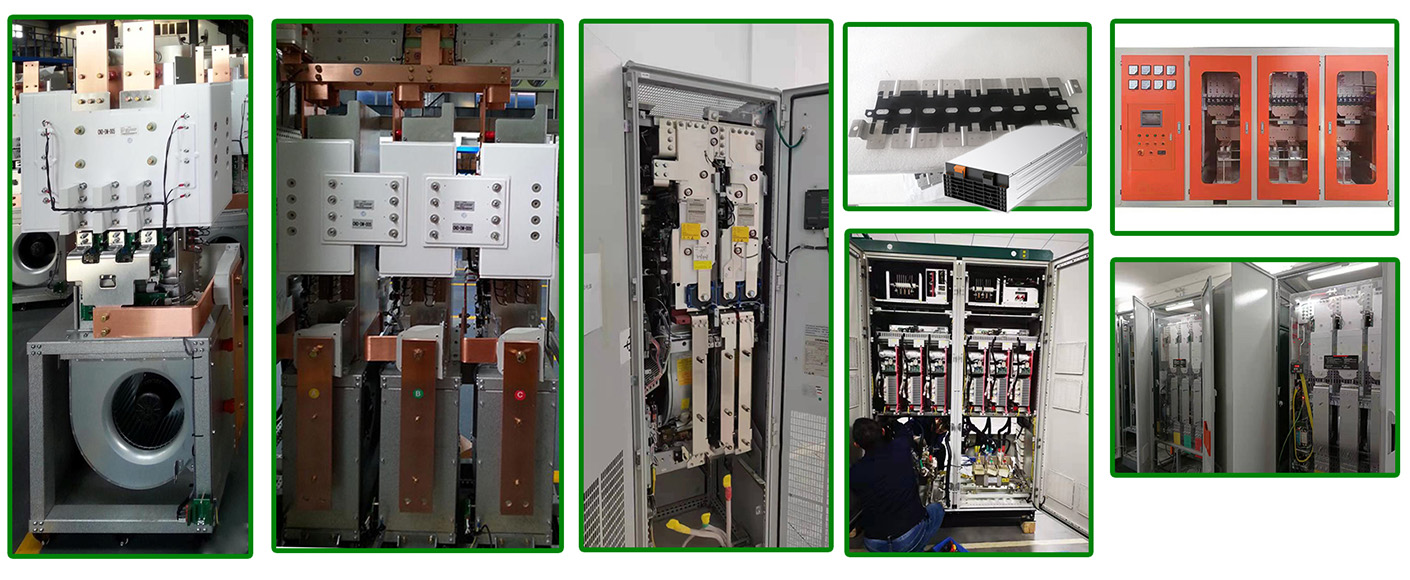
Recommend
Now, let your business to a higher level, start professional consultation!
*We Will Reply To You Within 24 hours. Our working days are Mon.to Sat., 9:00 ~ 18:00.

